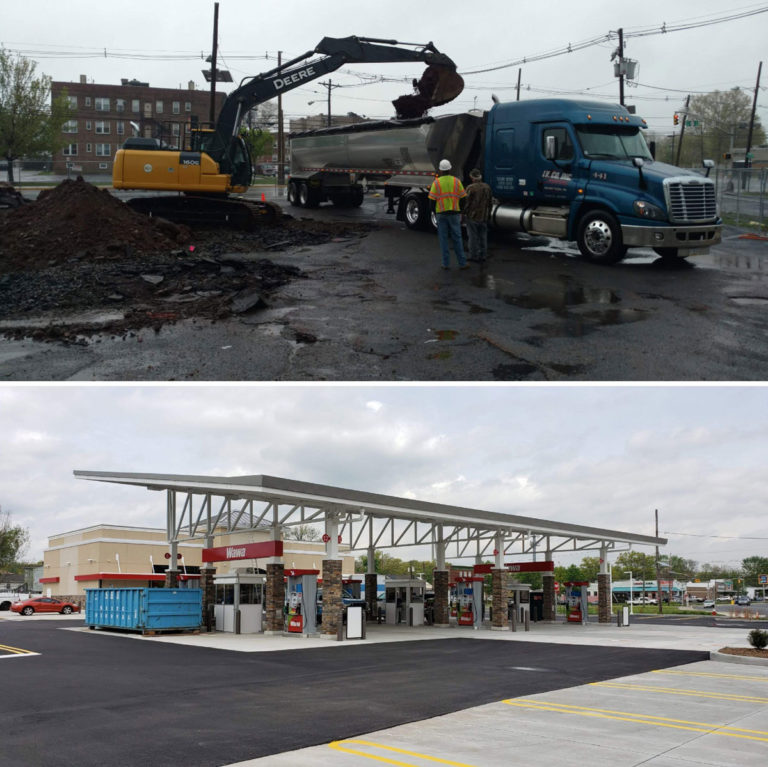NJ Brownfields Loan Program Approved

According to the New Jersey Economic Development Authority (NJEDA), on November 13, 2020, the organization’s Board of Directors approved the Brownfields Loan Program, which will make low-interest loans of up to $5 million available for revitalization projects including not only assessment, investigation and remediation, but also demolition.
NJEDA Chief Executive Officer Tim Sullivan said that this “will play a crucial role in building a greener, fairer New Jersey by incentivizing investors to consider brownfields remediation and making resources available to get these projects off the ground.”
The NJEDA reports that as soon as early 2021, project sponsors (public, private or institutional), can apply for loans. Each applications will be evaluated and scored on the project’s benefits , including location, how long the site has been vacant or underutilized, in addition to how well the proposed redevelopment meshes with local plans. Notably, they also announced that projects will receive higher scores if they promote environmental resiliency, public health, and community well-being.
Find out if your property is eligible here.
Why Is This Important?
Critically, there are hundreds, or possibly even thousands, of underutilized properties in New Jersey. So, whatever the state can do to jump start funding for brownfield redevelopment for municipalities, counties, local developers, and redevelopers is good news. The Department of Environmental Protection under Governor Murphy has been very aggressive about environmental justice in places like Newark and Camden where lower income populations and minorities are disproportionately exposed to dangerous substances, and this is a significant step to combat those inequities.
As a result of the new loan program, these kinds of projects are likely to increase, as a lot of the brownfield projects require significant cleanup and possess contamination concerns having to do with lead-based paint, asbestos, PCBs, contaminated ground water and soil, mercury etc. For example, common types of brownfields properties include old factories and industrial sites that have not been maintained properly since going dormant.
From a municipal standpoint, many of these contaminated parcels are often close to multi-use properties and include shops, housing, and more. Therefore, redeveloping dangerous or underutilized properties can benefit everyone by both making it better for the people already there and bringing new people into the area. Beyond tourism destination projects, some sites will become more environmentally focused; for example, old landfill sites are often ideal to become potential solar farms or recreational areas.
Typical brownfield projects include turning an old, unused auto body shop into a restaurant, for example. They often require identification and abatement of substances such as asbestos incorporated into pipe and other insulation materials, concrete, roofing or flooring, or harmful substances in the soil and ground water.
Hiring an LSRP
In New Jersey, a program set forth in the Site Remediation Reform Act has specified the role of Licensed Site Remediation Professionals (LSRPs) into the site remediation process.
The Site Remediation Professional Licensing (SRPL) Board has published a document entitled “A New Jersey Property Owner’s Guide to Hiring Licensed Site Remediation Professionals” which explains that an “LSRP is an environmental scientist or engineer experienced in the cleanup of… hazardous materials. The LSRP’s role is to help the responsible party develop a plan and implement remediation that will satisfy the State requirements for cleanup.” LSRPs are licensed by the Board based on their education, experience, and passing the exam “that is designed to test their technical knowledge as well as their knowledge of statutes, regulations, and guidance governing remediation.” The full Board rules may be found here.
As the Board guide explains, the process followed by a LSRP is fairly straightforward. They typically first assess rudimentary information about the contamination on the property, then recommend a plan for meeting State requirements in the form of a written proposal and contract. After the cleanup is completed, the LSRP issues a Remedial Action Outcome (“RAO”), affirming that the site has been remediated to the appropriate standards, which – certain circumstances – may also require issuance of a NJDEP Remedial Action Permit. Client communication is a key part of the LSRP’s role throughout the entire process. They communicate timeframes for each phase of the remediation, as well as updates about possible changes to that timeline and subsequent consequences.
Maser Consulting employs senior LSRPs who can help you navigate the process of redeveloping a brownfield property. One such LSRP is Robert Zelley, PG, LSRP, Director of Environmental Services, who has extensive knowledge on site remediation. Maser Consulting is a full-service engineering firm and design firm offering turnkey services that dovetail expertise from multiple departments such as Environmental, Survey, Site/Civil, and Geotechnical. With our array of services, we are prepared to take an active role in all stages of these projects to help revitalize New Jersey!

April 09, 2021 at 4:12 pm, Brownfield Redevelopment Initiative - Colliers Engineering & Design said:
[…] You may recall us reporting that on November 13, 2020, the New Jersey Economic Development Authority’s (NJEDA) Board of Directors approved the Brownfields Loan Program. This made low-interest loans of up to $5 million available for revitalization projects. Need a refresh? Click here […]